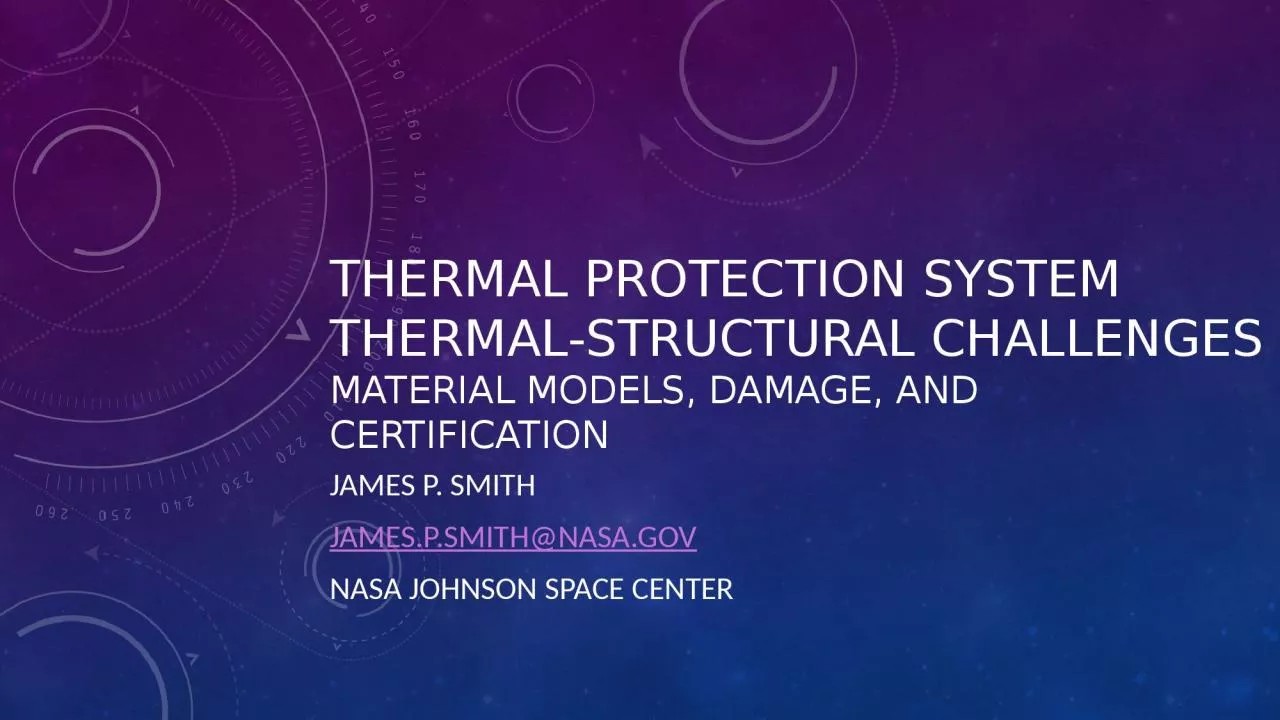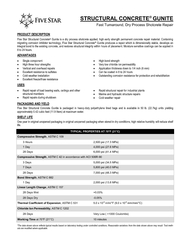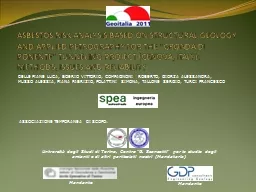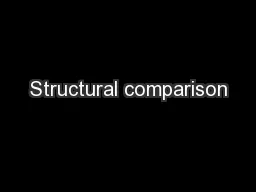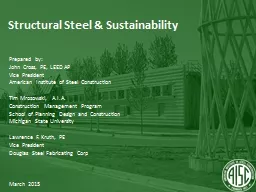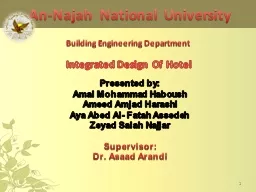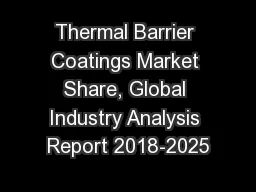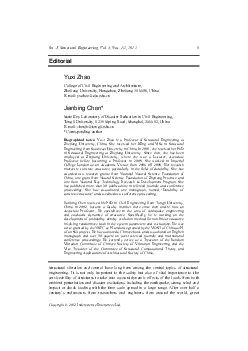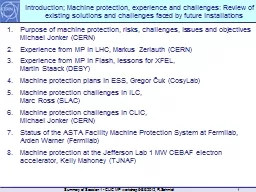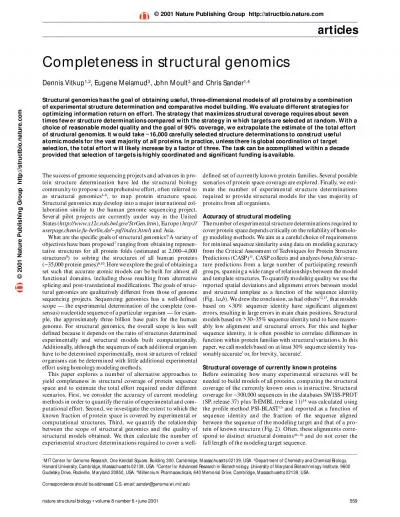PPT-Thermal Protection System Thermal-Structural Challenges
Author : sophie | Published Date : 2023-06-25
Material Models Damage and Certification James P Smith Jamespsmithnasagov Nasa Johnson space center introduction Structural certification of TPS materials is a challenge
Presentation Embed Code
Download Presentation
Download Presentation The PPT/PDF document "Thermal Protection System Thermal-Struct..." is the property of its rightful owner. Permission is granted to download and print the materials on this website for personal, non-commercial use only, and to display it on your personal computer provided you do not modify the materials and that you retain all copyright notices contained in the materials. By downloading content from our website, you accept the terms of this agreement.
Thermal Protection System Thermal-Structural Challenges: Transcript
Download Rules Of Document
"Thermal Protection System Thermal-Structural Challenges"The content belongs to its owner. You may download and print it for personal use, without modification, and keep all copyright notices. By downloading, you agree to these terms.
Related Documents

